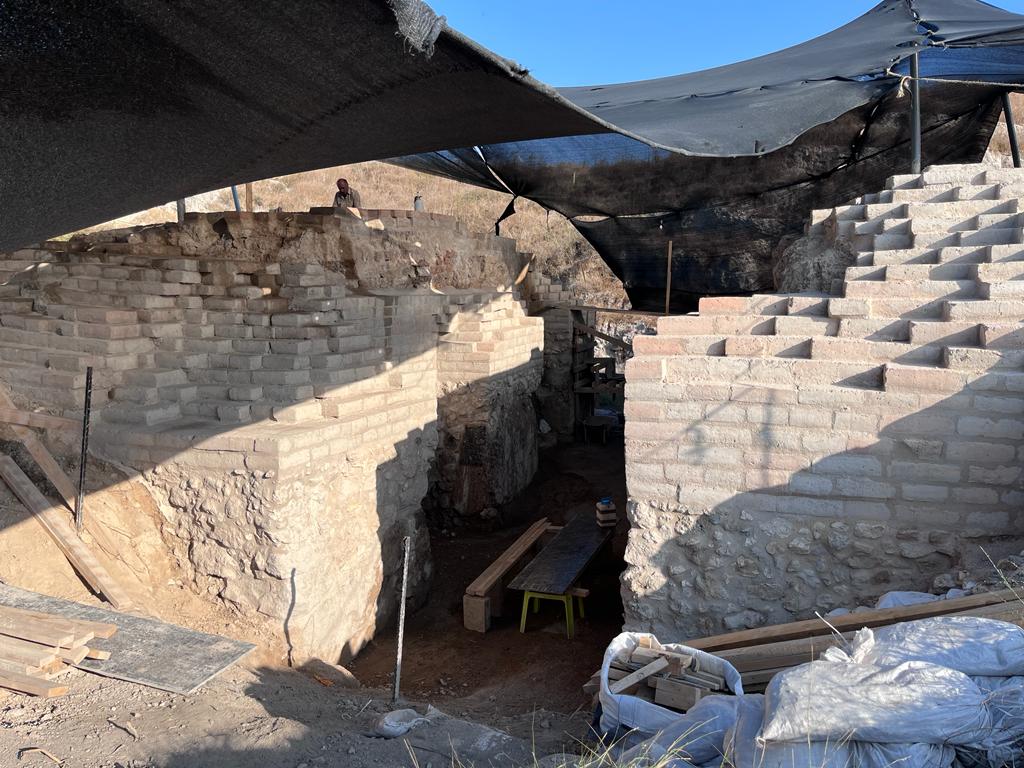Part of an ancient gateway believed to have been constructed by Cyrus the Great has been discovered near Persepolis.
A hoard of bronze coins dating to the 1st century BC or 1st century AD has been discovered at Alexandria Troas.
“An iron trident, believed to be used for fishing, dating to the 3rd or 4th century A.D. has been discovered in the ancient Aegean coastal resort town of Assos in northwestern Turkey.”
Archaeologists have discovered an ancient statue of a man and a statue of life-size wild boar at the sites of Gobekli Tepe and Karahan Tepe in Turkey.
A Persian-era storage jar with finds similar to keşkek, the ancient dish of Anatolia, was discovered in northern Turkey.
“Some of the 3,500-year-old hieroglyphs discovered last year in the Yerkapı Tunnel in northern Turkey’s Çorum province have been deciphered.”
An augmented reality app “supported by Greece’s Culture Ministry allows visitors to point their phones at the Parthenon temple, and the sculptures housed in London appear back on the monument as archaeologists believe they looked 2,500 years ago.”
As a follow-up to his piece on walking from Corinth to Cenchreae, Mark Hoffman now provides detailed instructions and photographs for walking the route between Corinth and its western port at the Lechaion harbor. (That’s one more reason to start planning your next trip to Greece!)
Italian authorities plan to reduce congestion at Pompeii by promoting tourism to the nearby sites of Boscoreale, Oplontis, and Stabiae. They will reopen the Antiquarium, add free shuttles between the sites, and sell all-in-one tickets.
“Rome has launched an international design competition to create a New Archaeological Walk, reimagining the public spaces and pedestrian routes linking the city’s ancient Roman sites.”
In conjunction with the “Legion: Life in the Roman Army” exhibit opening in February, the British Museum blog gives an introduction to the subject.
New release: Cyrus the Great: A Biography of Kingship, by Lynette Mitchell (Routledge, $128; $53 Kindle)
The official portal of the Digital Ancient Near Eastern Studies Network, is now online.
“Open Educational Resources for the Ancient Near East” has received a recent translation of the Laws of Hammurabi.
“The Cuneiform Digital Library Initiative (CDLI) is proud to announce that the number of external resource links, namely curated hyperlinks from catalogued cuneiform artifacts to their corresponding record in other digital projects and collections, now exceeds 400,000 individual links associated with more than 150 different online resources.”
HT: Agade, Arne Halbakken, Explorator, Paleojudaica
